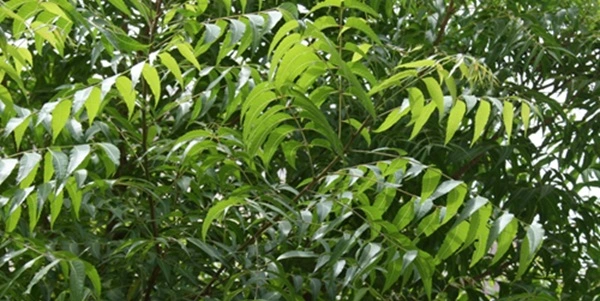India’s roadsides are often lined with greenery, providing shade, beauty, and environmental benefits. These plants are hardy, require little maintenance, and adapt well to various climatic conditions. In this article, we will discuss the top 10 most common roadside plants in India, their features, and their importance.
1. Bougainvillea
Key Features:
- Brightly colored bracts in shades of pink, red, purple, and orange.
- Thorny stems and fast-growing nature.
Importance: Bougainvillea is widely used as a decorative plant along roads and fences. It thrives in sunny areas and requires minimal water, making it ideal for Indian climates.
2. Neem

Key Features:
- Evergreen tree with small white flowers.
- Known for its medicinal properties.
Importance: Neem trees are often planted along roadsides to provide shade and improve air quality. Their leaves and oil are widely used in traditional medicine and as natural pesticides.
3. Gulmohar
Key Features:
- Vibrant red or orange flowers and a wide canopy.
- Also known as the “Flame of the Forest.”
Importance: Gulmohar is loved for its striking beauty and provides much-needed shade during hot summers. It is commonly found along roads and in parks.
4. Cassia Javanica
Key Features:
- Beautiful clusters of pink flowers.
- Fast-growing tree with ornamental value.
Importance: This tree adds a splash of color to roadsides and is appreciated for its ability to tolerate harsh conditions.
5. Oleander
Key Features:
- Evergreen shrub with fragrant flowers in white, pink, and yellow.
- Hardy and drought-resistant.
Importance: Oleander is planted along highways and city roads for its beauty and ability to withstand pollution.
6. Lantana
Key Features:
- Clusters of small flowers that change color as they mature.
- Hardy and grows in various conditions.
Importance: Lantana is commonly used for erosion control along roadsides. Its bright flowers attract butterflies, adding to its charm.
7. Agave
Key Features:
- Succulent with thick, spiky leaves.
- Requires very little water.
Importance: Agave is often planted in arid regions along roadsides. Its drought-resistant nature makes it ideal for India’s dry areas.
8. Periwinkle
Key Features:
- Small plant with glossy leaves and pink or white flowers.
- Blooms throughout the year.
Importance: Periwinkle is not only decorative but also has medicinal properties. It is commonly seen along roadsides and in gardens.
9. Hibiscus
Key Features:
- Large, colorful flowers in shades of red, pink, yellow, and white.
- Hardy and low-maintenance.
Importance: Hibiscus is planted along roads for its beauty and shade. Its flowers are used in traditional medicine and religious rituals.
10. Allamanda
Key Features:
- Climbing shrub with bright yellow, trumpet-shaped flowers.
- Glossy green leaves.
Importance: Allamanda is often planted along fences and roadsides for its vibrant appearance. It is also easy to maintain and grows well in tropical climates.
Benefits of Roadside Plants
1. Environmental Benefits:
- Improve air quality by absorbing pollutants.
- Reduce soil erosion and enhance biodiversity.
2. Aesthetic Appeal:
- Add beauty to urban and rural landscapes.
- Create a calming and visually pleasing environment.
3. Shade and Cooling:
- Provide relief from the sun, especially during hot summers.
- Help in reducing the urban heat island effect.
4. Cultural and Medicinal Value:
- Many roadside plants, like Neem and Hibiscus, are significant in traditional medicine and rituals.
Conclusion
Roadside plants play an essential role in India’s environment and daily life. They provide shade, beautify roads, and improve air quality. By understanding and preserving these plants, we contribute to a greener and healthier India. The next time you pass by a blooming Gulmohar or a Neem tree, take a moment to appreciate their importance in our ecosystem.

